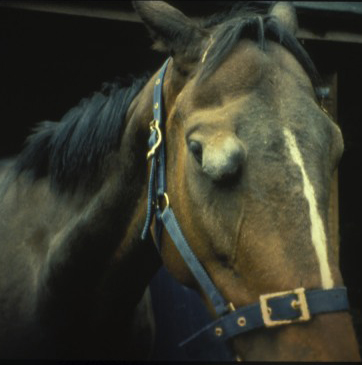Equine Veterinary Journal Early View March 2015
By Heather Ferguson
A database survey of equine tumours in the United Kingdom
Knowles E.J., Tremaine W.H., Pearson G.R. and Mair T.S.
This observational study surveyed the equine tumour samples submitted to The University of Bristol diagnostic pathological laboratory over a period of 29 years (1982–2010). The survey included 964 cases and examined changes in odds of diagnosis, breed or sex associations and any changes in tumour types diagnosed over time.
The most commonly diagnosed tumour type was the sarcoid, constituting 24% of tumour samples submitted. This was followed by squamous cell carcinoma (19%), lymphoma (14%), melanoma (6%), gonadal stromal tumour (6%) and mast cell tumour (4%). The relatively low proportion of sarcoids diagnosed may be due to population factors or clinician habits e.g. confidence in clinical diagnosis alone would reduce the numbers referred for laboratory confirmation. Over the time period, the proportion of tumours diagnosed as sarcoids and lymphoma decreased. There was no significant difference in the proportions of the other 4 main tumour types over time, although less common tumour types appeared to be overrepresented in later years of the study.
The mean age of horses from which samples were submitted was significantly higher in the ‘00s than in the ‘80s or ‘90s, indicating a general trend towards increasing age in the population studied. For all of the main tumour types except sarcoids, age increased the odds of diagnosis, particularly in squamous cell carcinoma. Geldings were found to be at a significantly increased risk of squamous cell carcinoma compared with mares. A wider range of breeds were represented in later study years. Some breed associations were found, namely Arab/Arab X with mast cell tumours, ponies with melanomas and Cobs/Cob X with squamous cell carcinoma and mast cell tumours.
Bottom line:
Sarcoids remain the most commonly identified tumour type. Increasing age was significantly associated with the odds of lymphoma, melanoma, gonadal stromal tumour, mast cell tumour and in particular squamous cell carcinoma. Some interesting breed and sex associations were identified.
--Ends--


